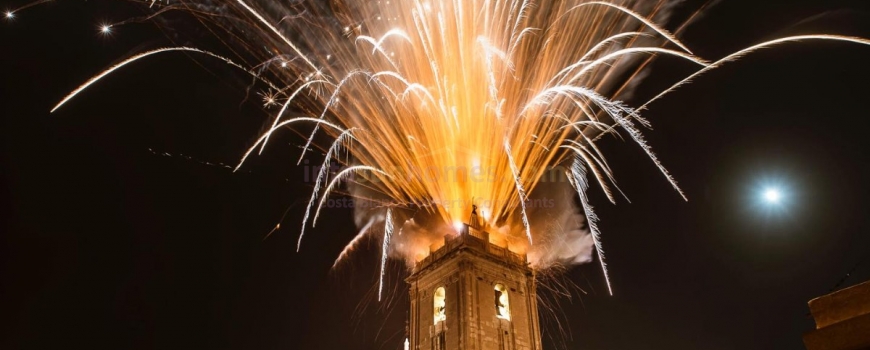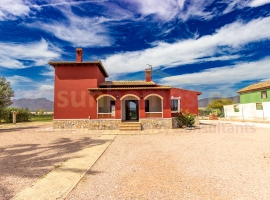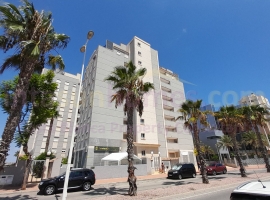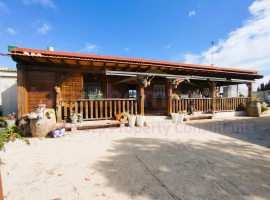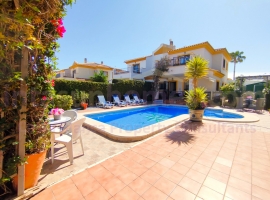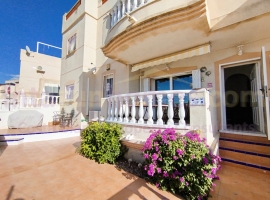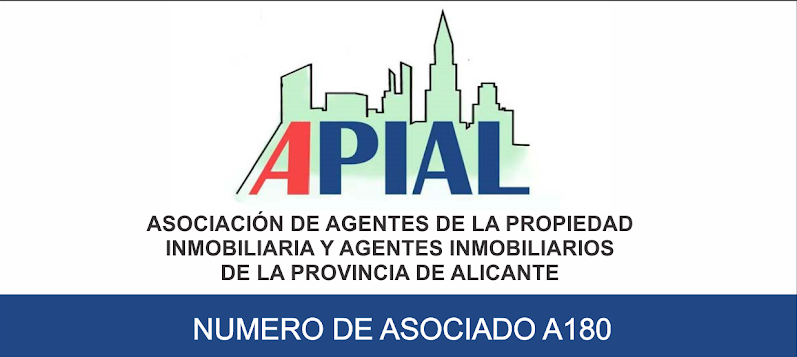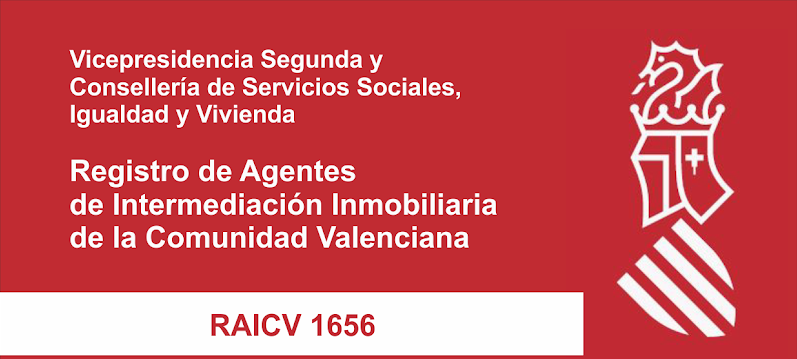Enjoy the Mystery of Elche, World Heritage Site
From the 5th to the 15th of August, come and enjoy the Patron Saint Festivities of Elche in which the central axis are the performances of the Misteri d'Elx, World Heritage Site.
You will also be able to enjoy Moors and Christians parades, performances of the Pobladores in the Àgora Heliketana, mascletaes, fireworks on the night of the 13th August in the Nit de l'Albà, a Festival of National Tourist Interest, parades with the Charanga, the Battle of Flowers, the offerings, musical concerts, party nights in the Barraca Municipal and many, many, many, many more surprises.
The Misteri, or Festa d' Elx, the most genuine sign of identity of the city, is a sung drama, of medieval origin, which tells the story of the falling asleep, assumption into heaven and coronation of the Virgin Mary. It is divided into two acts: the Vespra (Eve), which is performed on 14th August, and the Dia de la Mare de Déu, on 15th August. The setting is the Baroque basilica of Santa Maria, the construction of which took this destination into account.
Access to the basilica, both on the 14th and 15th, is free, and its doors remain wide open; although, due to the enormous popularity of the work and the devotion that the people of Elche feel for it, it is essential to go to the temple several hours in advance.
On 18 May 2001, UNESCO declared it a Masterpiece of the Oral and Intangible Heritage of Humanity, making it the first Spanish festival to receive this award.
Dress rehearsals
On 11, 12 and 13 August, the so-called dress rehearsals are held, which concentrate the entire plot in a single day, which can be enjoyed with the purchase of a ticket.
Medieval origins
Its medieval origins date back to the second half of the 15th century, having survived to the present day thanks to a papal bull issued by Urban VIII in 1632, after the Council of Trent (1545-1563) banned the staging of plays inside Christian temples. The perseverance and love of the people of Elche have turned the Festa into the last living vestige of this type of event.
The music comes from different periods and styles, with medieval, renaissance and baroque melodies, with examples of monody and polyphony. The performance is given by non-professional singers and a children's choir of white voices for the roles of Mary and the angels, since in the Middle Ages women were not allowed to take part in theatrical works and were impure beings for the liturgy.
Find the full programme of the festivities and more information (in Spanish, English and French) at the following link:
https://www.visitelche.com/en/evento/programa-fies...
Credits: visitelche.com


